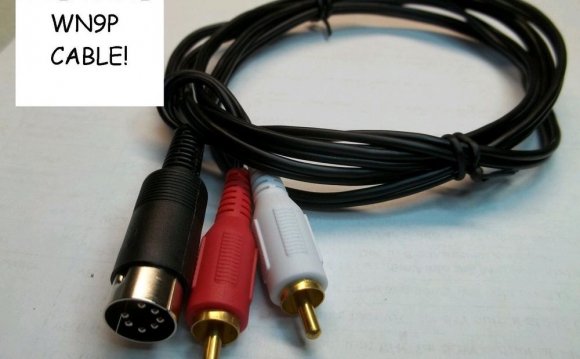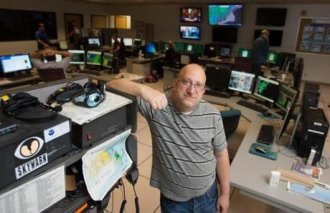
 TAUNTON — It was late afternoon, and a set of thunderstorms was working its way from Vermont into Western Massachusetts. One particular cell was dropping precipitation from high in the atmosphere, and forecasters feared dangerous hail along the Deerfield River.
TAUNTON — It was late afternoon, and a set of thunderstorms was working its way from Vermont into Western Massachusetts. One particular cell was dropping precipitation from high in the atmosphere, and forecasters feared dangerous hail along the Deerfield River.
The National Weather Service made the call: severe thunderstorm warning. In a corner of the agency’s office, Rob Macedo picked up his amateur radio and began his efforts to roust the agency’s army of weather spotters.
Doppler radar can tell a trained meteorologist a lot about the weather, but it’s hard to know what’s going on in any one place without seeing it from the ground. For help determining whether a storm is a real threat, the Weather Service relies on the accounts of ham radio-equipped volunteers.
The storm system was moving over the small town of Buckland, and nobody there was responding to Macedo’s entreaties. Had the Weather Service been quick enough in issuing the warning? Equally worrisome: Had they overreacted? Issue too many warnings and people might stop heeding them.
Forecasters monitored Hurricane Joaquin last week, looking down on it from satellites above and sending hurricane-hunter planes through the clouds. But if such a storm were to come ashore, the accounts of spotters on the ground would become crucial.
How much rain is falling? Are there damaging winds? These are key questions as emergency management agencies respond to any storm, especially the most dangerous ones.
The Weather Service has about 8, 000 trained spotters in the area of Southern New England covered by the Taunton office. They’ve all undergone a roughly three-hour course that shows them some meteorological basics: why tornadoes form and how to spot them developing; how to measure snow depth; the best way to describe the size of hail.
It’s all part of a program ominously named SKYWARN.
There are many ways to report a weather observation. Some people use an online system provided by the weather service. Some call in by telephone.
But the backbone of the spotter team is composed of amateur or “ham” radio operators — about 3, 000 of them — who relish a big storm as an opportunity to put their communication skills to use.
Glenn Field, the warning coordination meteorologist at Taunton, said the hams are an important piece of the weather emergency infrastructure.
“The amateur radio network is so extensive that we are able to get reports very quickly throughout our region, ” he said. “Amateur radio can be the only means of communication in a really severe storm — like a hurricane, for example.”
If phone lines go down, power goes out, and the Internet stops working, amateur radios can continue working with battery power.









